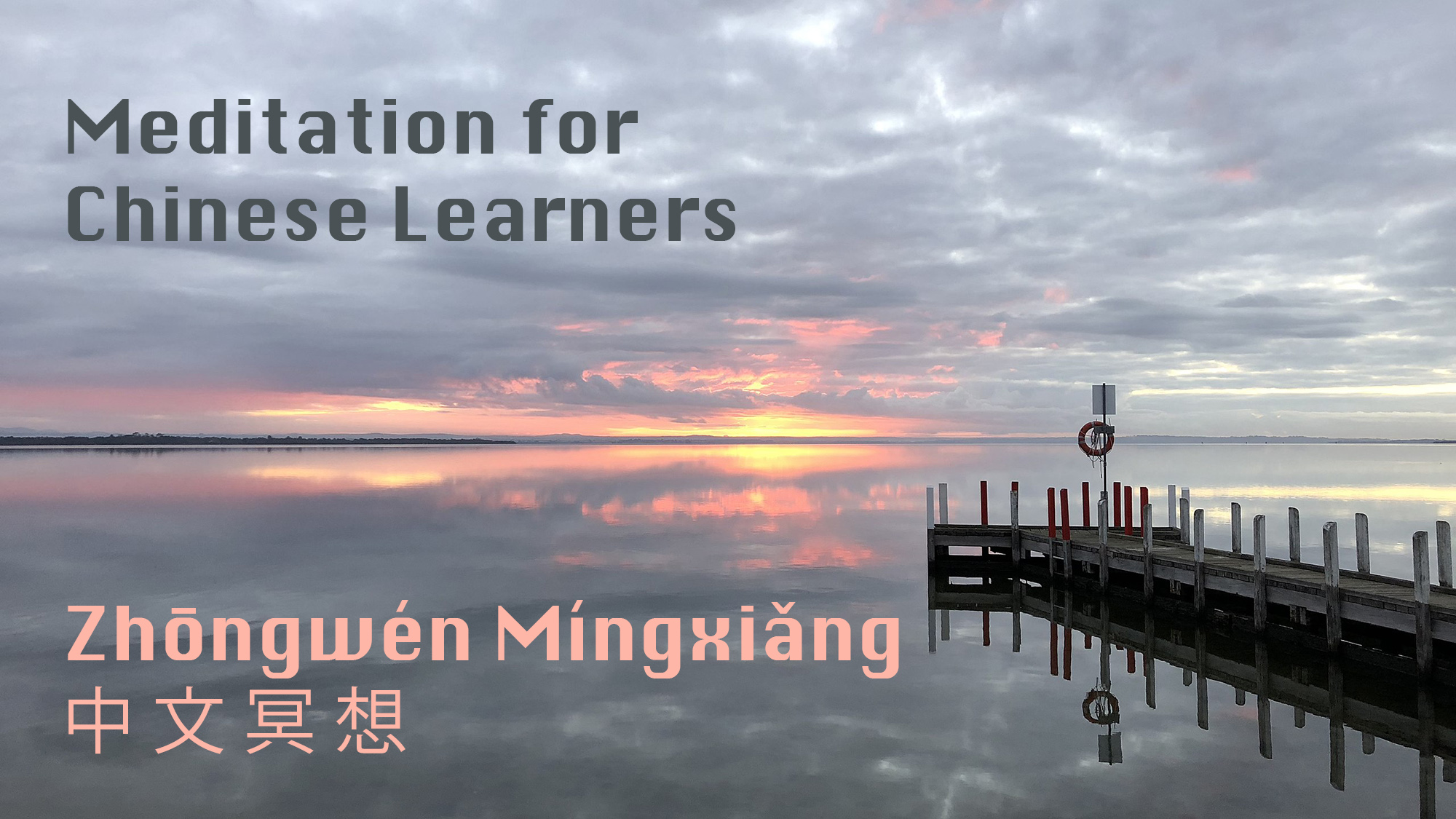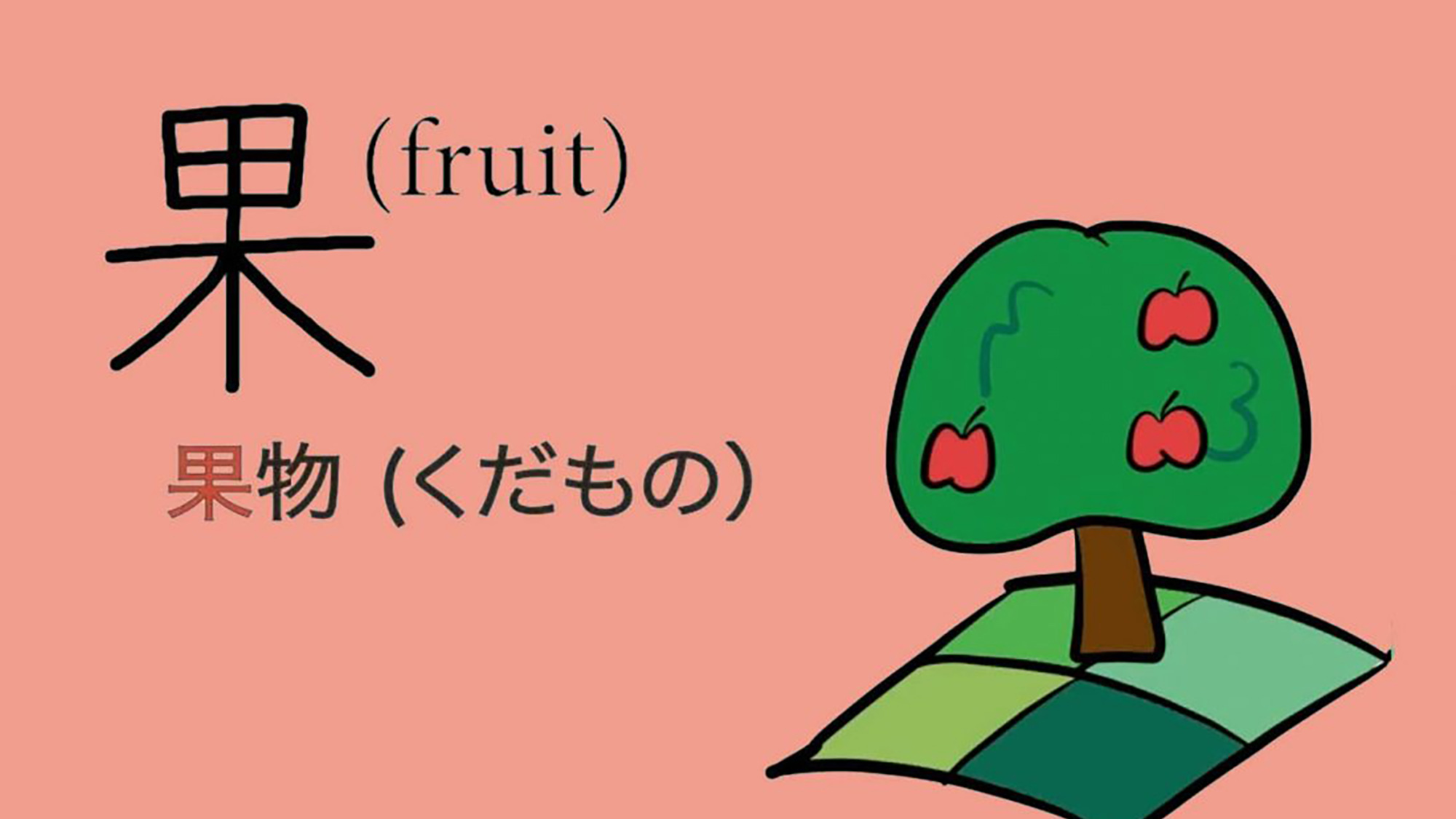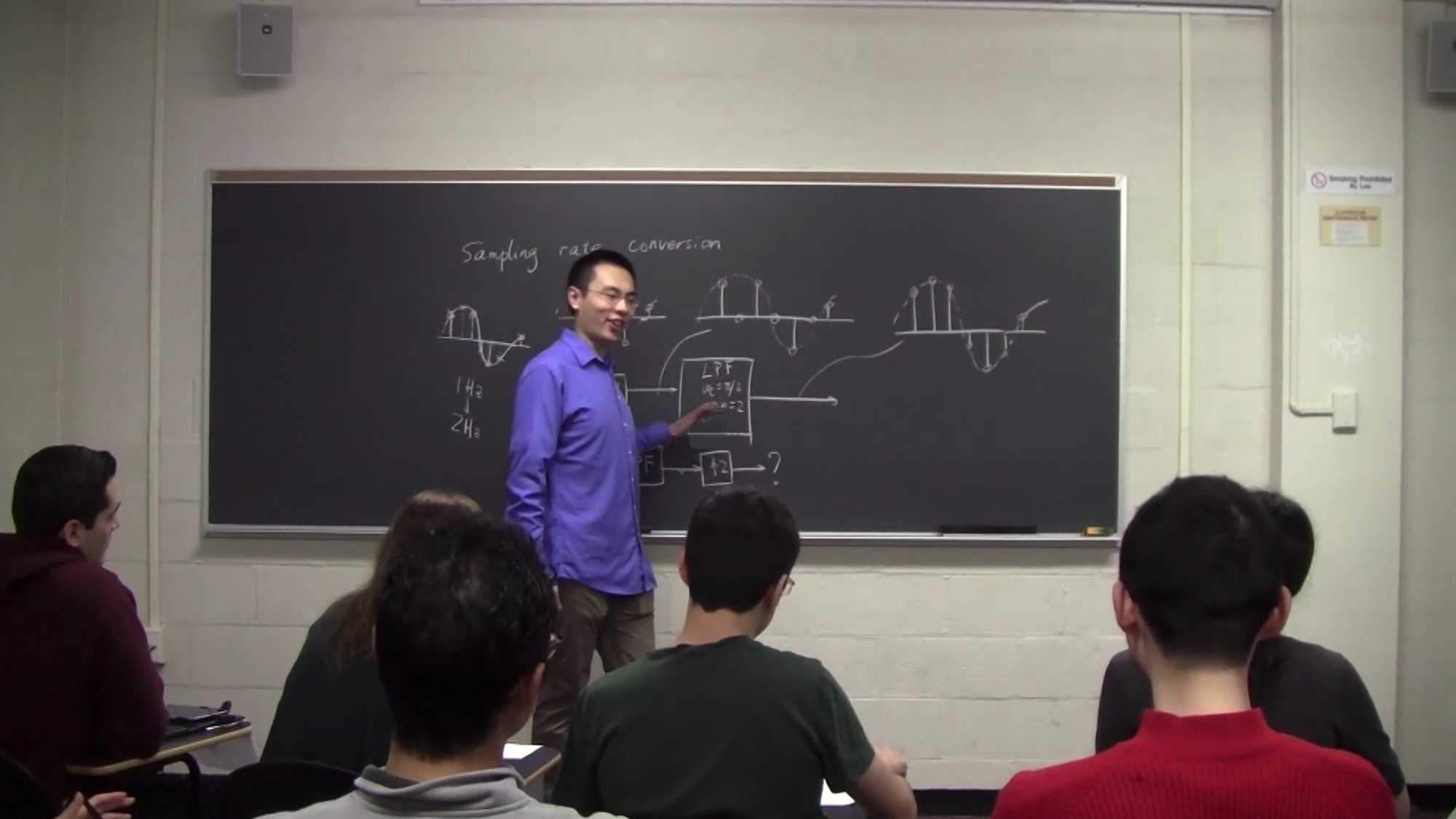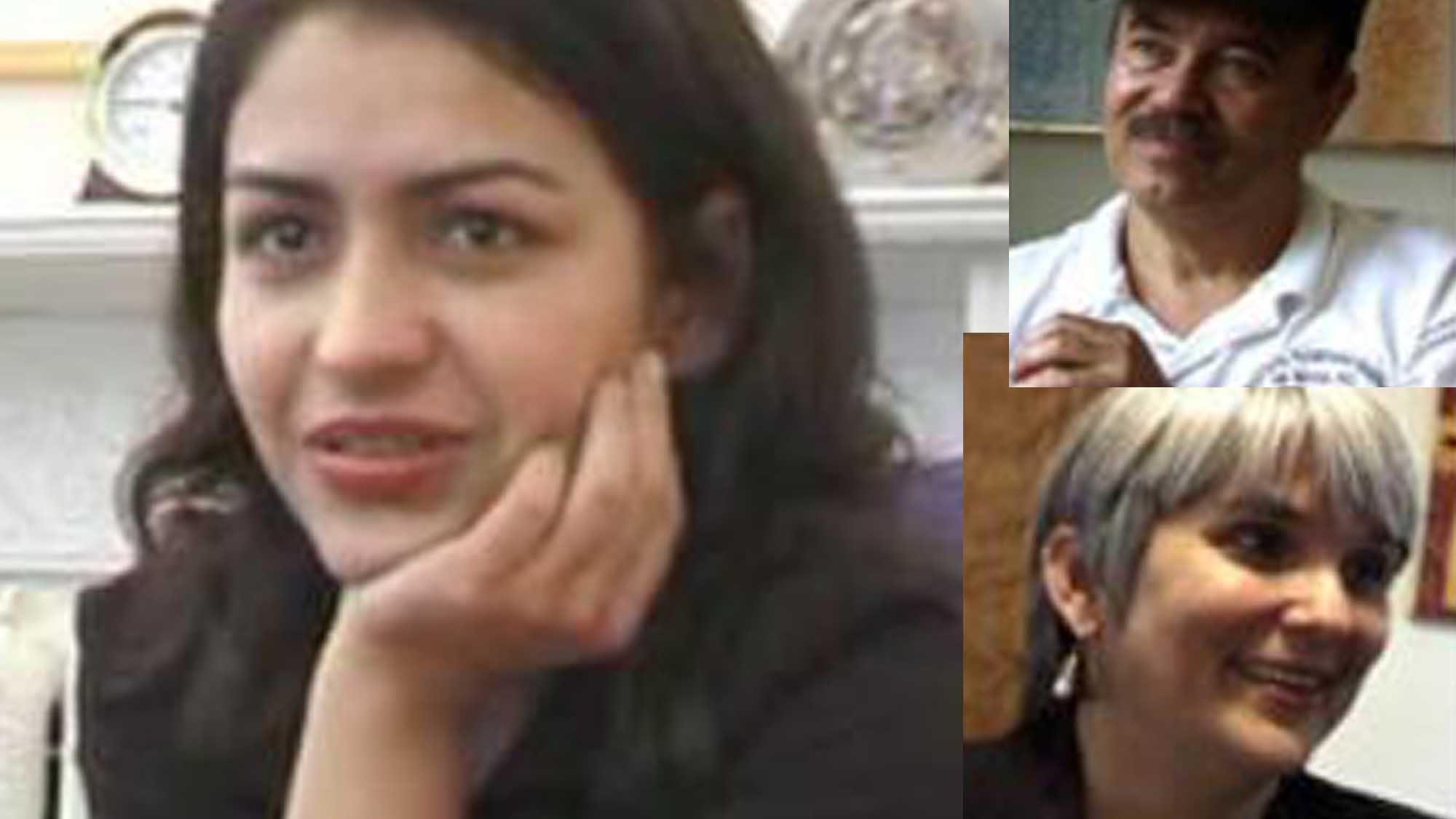Digital Humanities and Creative Pedagogies
From the early days of the Linguitrainer tape deck learning system in the 1960s to computer-assisted language learning (CALL) in the 1980s and 1990s, and incorporation of the internet as a learning tool in the 2000s, MIT has long been a leader in the innovation and adoption of cutting-edge language teaching and learning methodologies. Presently, Global Languages instructors innovate in myriad ways, through the implementation of digital tools in teaching modules, development of shared teaching resources, and pedagogical projects toward new ways of learning language. Below is a collection of Global Languages’ past and present Creative Pedagogies.
A pedagogical website for introducing college students to the history and literary works surrounding Marguerite de Roberval's marooning.
A pedagogical website for teaching Marguerite de Navarre's novella collection to intermediate level college students.
An open-access website, "Telemosty" (or "Telebridges") offers sets of topics and conversation tasks for supporting language exchanges between students who are learning Russian and English.
Developing international teaching assistants' strategies for successful, student-centered communication.
Teaching cross-cultural communication in the language classroom with Tintin and The Blue Lotus
The Virtual International Film Series was a Global Languages event series in the summer of 2020, conceived as a community-sustaining initiative early in the Covid-19 pandemic. Combining recorded faculty lectures, asynchronous film screening, and live remote community discussion, the series models durable flipped-classroom practices for film and cultural studies.
Video interviews focusing on the experiences and life stories of immigrants from Hispanic-American communities in the Boston area.









